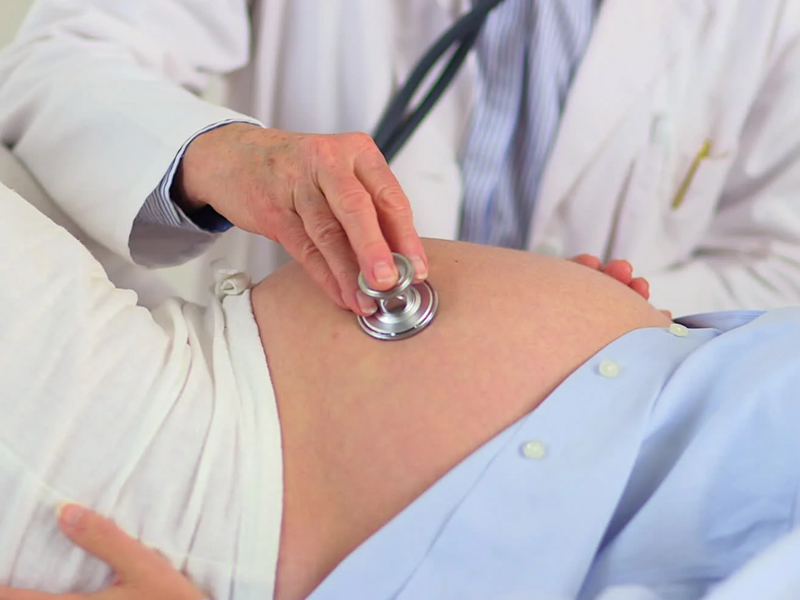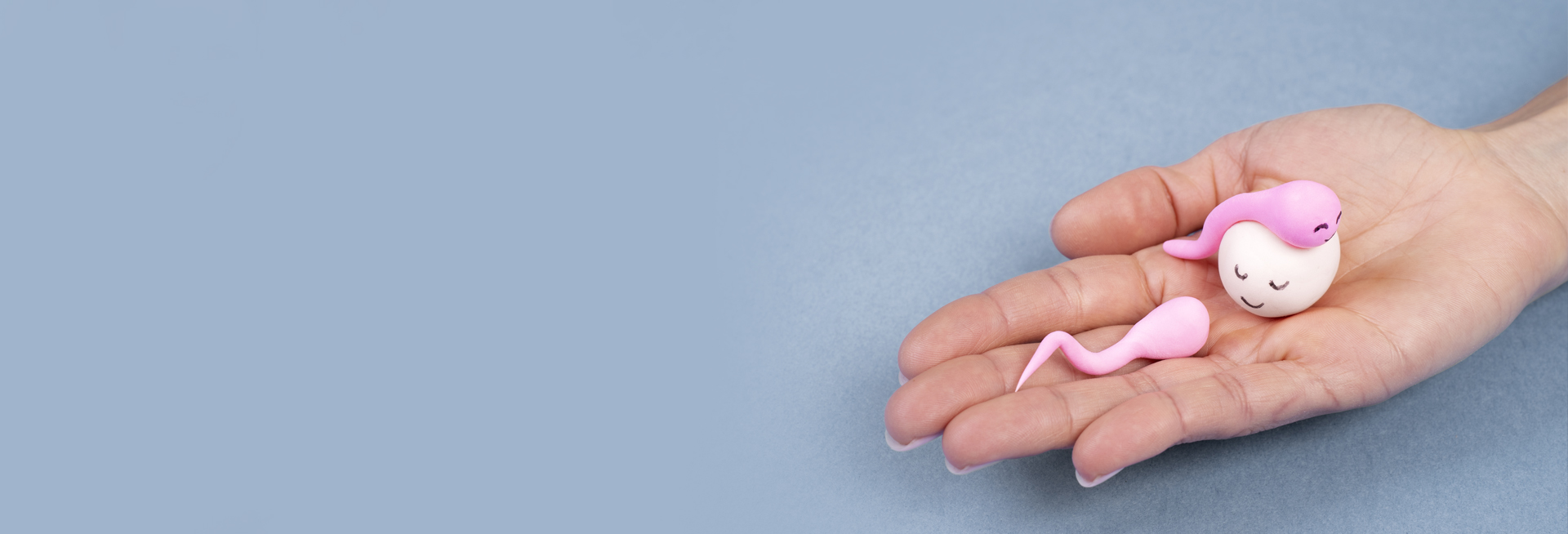
Naturally, the fertilization process involves a single sperm from the ejaculate penetrating into the egg (scientifically referred to as an oocyte) released during the menstrual cycle. To merge with the female gamete, the sperm must penetrate the oocyte’s shell (called zona pellucida).
The process of fertilization can be hampered or even blocked in some cases, either due to physiological inadequacies that cause a significant reduction or absence in gamete production or due to poor gamete quality of interaction problems.
There are two basic techniques to solve these shortcomings in Assisted Reproduction Techniques (ART): 1. In Vitro Fertilization (IVF) as it is now practiced (IVF) 2. Injection of sperm into the cytoplasm (ICSI).
ICSI relies on the injection of a single sperm into the egg to overcome the constraints of traditional IVF, such as inadequate semen samples and insufficient gamete interaction. As a result, ICSI has become the most used IVF procedure. The sperm must be individually picked and immobilised using an advanced micromanipulation station (which includes a microscope, microinjectors, and micropipettes). The oocyte must be retained while the sperm is introduced and released inside the inner region of the oocyte during the microinjection. The day after the microinjection, each oocyte will be examined for signs of normal fertilisation.
The method was followed. The interaction between the oocytes and the sperm is the foundation of traditional IVF. Following egg retrieval, each oocyte and its surrounding cells (granulose cells) will be placed in a drop of culture fluid containing a sperm suspension at a specific concentration. A single sperm should reach the egg and fertilize it as a result of this encounter.
The method was followed. The interaction between the oocytes and the sperm is the foundation of traditional IVF. Following egg retrieval, each oocyte and its surrounding cells (granulose cells) will be placed in a drop of culture fluid containing a sperm suspension at a specific concentration. A single sperm should reach the egg and fertilize it as a result of this encounter.
Tubal factor, uterine factor, premature ovarian failure, ovulatory dysfunction, endometriosis, decreased ovarian reserve, and unexplained infertility are all indications for traditional IVF and ICSI. ICSI is especially advised for samples with abnormal semen analysis (most commonly low concentration or motility), instances where there are a restricted number of oocytes accessible, or previous fertilisation failures with traditional IVF. As a result, conventional IVF is usually recommended in patients with a good prognosis when the quality of both gametes is not an issue.
The Intracytoplasmic Sperm Injection process is divided into several stages before the actual ‘ICSI procedure’ can begin. These steps will help you to improve your productivity.
Ovarian Stimulation
The female partner is given medication to help develop follicles in the ovary on Day 2 of her menstrual cycle. The stimulation will be continued up to day 6 or until the specialist deems it appropriate.
Sperm Preparation
The sperm is removed from the male partner, then it is washed and concentrated. Sperm that are considered healthy are collected for further examination.
Egg Retrieval
Medication and final stimulation help to release the mature egg. Ultrasound guidance is used to collect the egg from the patient in the clinic under anesthesia. The retrieved egg is then sent to the ART laboratory for processing.
Egg and Sperm Examination
The retrieved egg and sperm are sent to specialized labs for examination by fertility experts. A careful examination of the health of the egg and sperm can help make for a smooth and successful in vitro fertilization treatment.
Introduction of sperm into The Egg
The healthy sperm is transferred directly into the cytoplasm of the egg to help increase the chances of fertilization.
Transferring fertilized eggs into the uterus
The fertilized eggs are then placed into the uterus to enable implantation if successful fertilization is confirmed.


